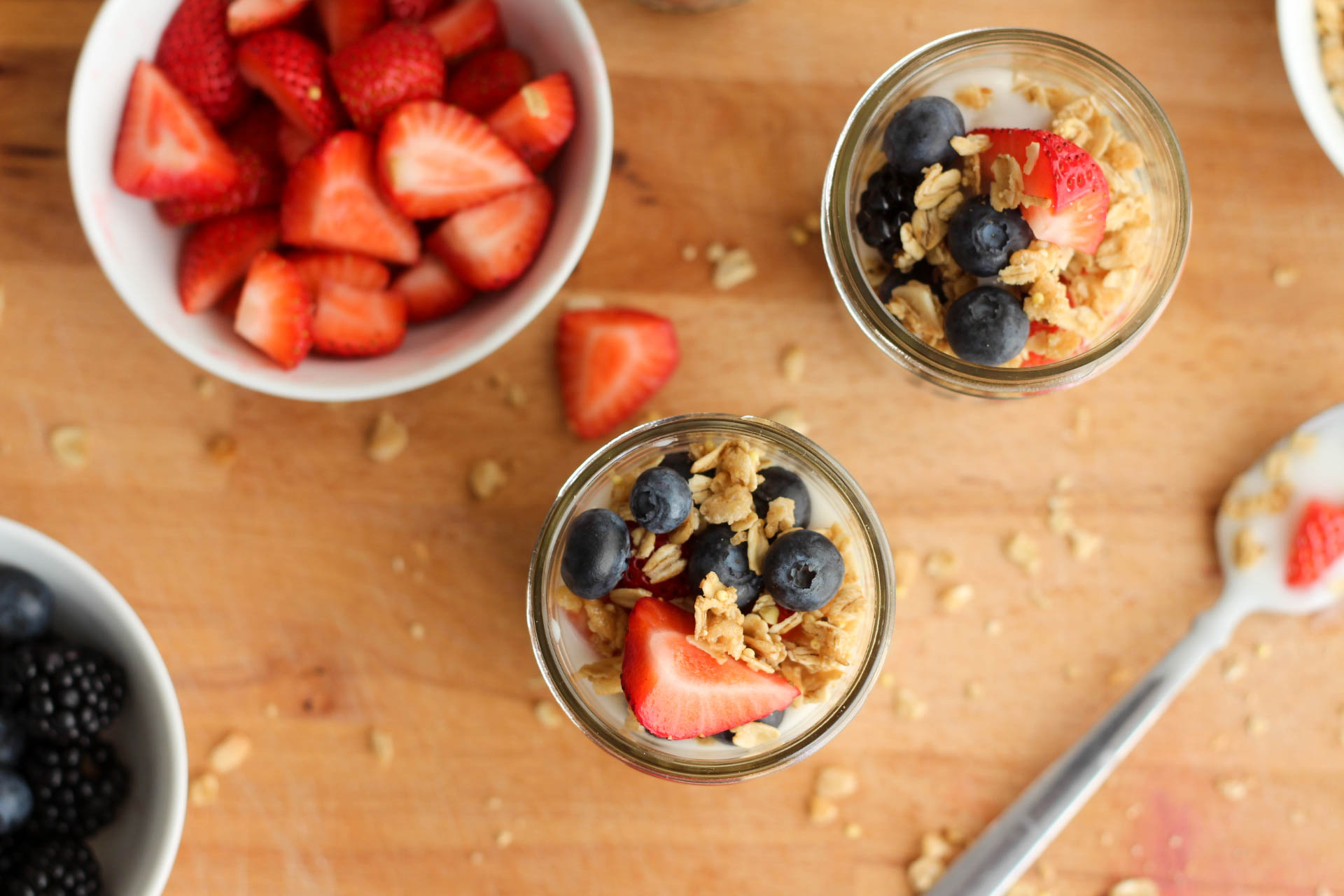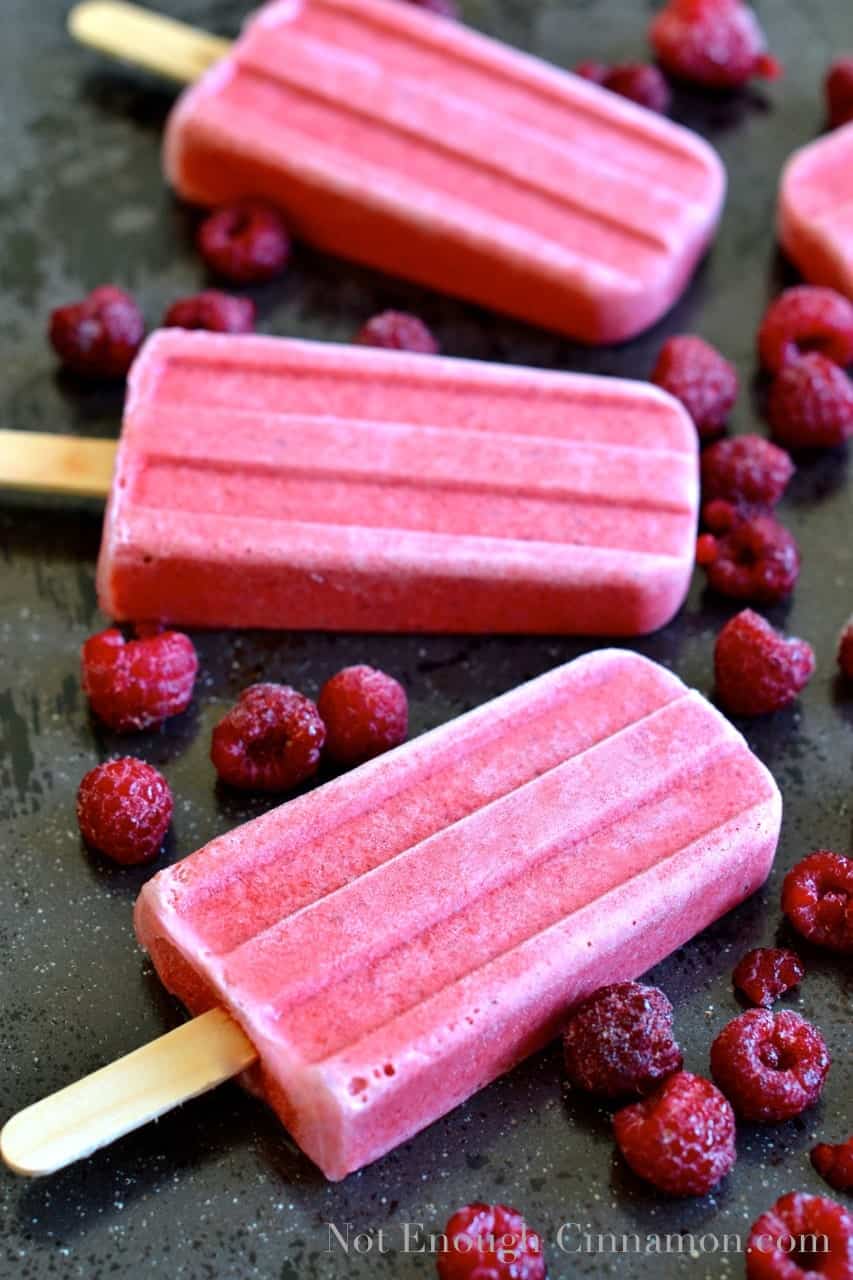Is A Coconut A Berry? Let’s Crack This Nutty Debate Wide Open
Alright, folks, let’s dive into one of the most mind-boggling questions in the plant kingdom: Is a coconut a berry? Now, you might think this is just a trivial question, but trust me, it’s way more fascinating than you’d expect. Picture this: You’re lounging on a tropical beach, sipping a freshly cracked coconut, and someone suddenly drops this question. Are you ready to impress them with your botanical knowledge? Let’s find out!
At first glance, coconuts seem worlds apart from the tiny, juicy berries we’re used to. But science, my friends, has a way of turning our assumptions upside down. Today, we’re going to unravel the mystery behind this quirky question and explore the botanical truth behind coconuts. Get ready for some serious knowledge bombs!
Before we get into the nitty-gritty, let’s set the stage. The debate over whether a coconut is a berry isn’t just about semantics; it’s about understanding the fascinating world of botany. So, buckle up, because we’re about to take a deep dive into the science of fruits, seeds, and everything in between.
Read also:Who Is Larry Ellisons Wife Discover The Life And Legacy Of His Spouse
Understanding the Basics: What Makes a Berry a Berry?
Alright, let’s start with the basics. When most people hear the word “berry,” they probably think of strawberries, blueberries, or raspberries. But in the world of botany, the definition of a berry is a little more complex. A berry, by botanical standards, is a fruit that develops from the ovary of a single flower and has seeds embedded in its flesh. Now, here’s the kicker: according to this definition, some fruits you’d never expect—like bananas, tomatoes, and even avocados—are technically berries!
So, what does this mean for our beloved coconut? Well, it all comes down to the structure of the fruit. Coconuts are classified as drupes, which are fruits with a hard, stony layer surrounding a single seed. But hang tight, because we’re not done yet. The classification of fruits can get pretty wild, and we’re just getting started.
Coconut: A Nut, a Berry, or Something Else Entirely?
Now, let’s talk about coconuts. These tropical wonders are often referred to as “nuts,” but botanically speaking, they’re not quite that simple. A coconut is technically a drupe, which means it has three layers: the exocarp (the outer layer), the mesocarp (the fibrous middle layer), and the endocarp (the hard inner layer). But here’s where things get interesting: some botanists argue that coconuts could technically fit the definition of a berry, depending on how you look at it.
Confused yet? Don’t worry, you’re not alone. The classification of fruits can be surprisingly subjective, and even experts don’t always agree. But one thing’s for sure: coconuts are far more complex than they appear at first glance.
Breaking Down the Layers of a Coconut
Let’s take a closer look at the anatomy of a coconut. As we mentioned earlier, coconuts have three distinct layers:
- Exocarp: This is the outermost layer of the coconut. It’s usually smooth and green when the fruit is young, but it turns brown as it matures.
- Mesocarp: This is the thick, fibrous layer that gives coconuts their signature texture. It’s what makes cracking open a coconut such a challenge!
- Endocarp: This is the hard, woody layer that surrounds the seed. Inside this layer, you’ll find the coconut water and the white flesh we all love.
Now, here’s the big question: Could these layers somehow fit the definition of a berry? Some argue that the endocarp could be considered the “fleshy” part of the fruit, making the coconut a berry by botanical standards. But others insist that the hard, woody structure disqualifies it from being classified as such. Who’s right? Let’s keep digging.
Read also:Exploring The Depths How Physical Attributes Allow Her To Tackle Complex And Challenging Characters
Why Coconuts Aren’t Technically Berries
Alright, let’s address the elephant in the room: Coconuts aren’t technically berries. Here’s why:
- Structure: As we’ve discussed, coconuts are classified as drupes, not berries. Drupes have a hard, stony layer surrounding a single seed, which is a key characteristic that distinguishes them from berries.
- Botanical Definition: By the strictest definition, berries must have seeds embedded in their flesh. Coconuts, on the other hand, have a single seed surrounded by a hard shell. This makes them fundamentally different from true berries.
- Common Misconceptions: Many people assume that coconuts are berries because they’re so large and have a juicy interior. But as we’ve seen, size and juiciness aren’t the defining characteristics of a berry.
So, while coconuts share some similarities with berries, they don’t quite fit the bill. But don’t let that discourage you—coconuts are still one of the most fascinating fruits out there!
Coconut vs. Other Tropical Fruits
Now that we’ve established that coconuts aren’t berries, let’s compare them to other tropical fruits. How do they stack up against their fruity counterparts?
- Bananas: Believe it or not, bananas are technically berries! They develop from a single ovary and have seeds embedded in their flesh. Who knew?
- Pineapples: Pineapples are an entirely different beast. They’re classified as aggregate fruits, which means they’re made up of multiple individual fruits fused together. Talk about teamwork!
- Mangoes: Mangoes, like coconuts, are drupes. They have a hard, stony pit surrounding a single seed, which makes them botanically similar to coconuts.
As you can see, the world of tropical fruits is full of surprises. Each fruit has its own unique characteristics, and understanding these differences can help us appreciate the diversity of the plant kingdom.
Fun Facts About Coconuts
Ready for some coconut trivia? Here are a few fun facts about these amazing fruits:
- Coconuts are native to tropical regions and are believed to have originated in Southeast Asia.
- Coconut water is a natural electrolyte drink that’s packed with potassium, magnesium, and other essential nutrients.
- The coconut palm is often referred to as the “tree of life” because every part of the tree can be used for food, shelter, or fuel.
- Coconuts can float in water, which allows them to travel long distances across oceans and colonize new lands.
These facts just scratch the surface of what makes coconuts so amazing. Whether you’re drinking their water, eating their flesh, or using their oil, coconuts are truly a gift from nature.
Why This Debate Matters
At first glance, the question of whether a coconut is a berry might seem trivial. But this debate is actually a great example of how science can challenge our assumptions and broaden our understanding of the world. By examining the botanical classification of fruits, we can gain a deeper appreciation for the diversity of life on Earth.
Moreover, this debate highlights the importance of scientific literacy. In an age where misinformation spreads faster than ever, it’s crucial to have a solid understanding of the facts. So, the next time someone asks you if a coconut is a berry, you’ll be able to set the record straight—and maybe even teach them something new!
Common Misconceptions About Coconuts
Let’s clear up some of the most common misconceptions about coconuts:
- Coconuts Are Nuts: As we’ve discussed, coconuts are technically drupes, not nuts. While they share some similarities with nuts, their botanical classification is entirely different.
- Coconuts Are Just for Drinking: While coconut water is delicious, coconuts have so much more to offer. Their flesh can be eaten fresh or dried, and their oil is used in everything from cooking to skincare.
- Coconuts Are Dangerous: While it’s true that falling coconuts can cause serious injuries, the risk is relatively low. Most coconut-related accidents occur in areas where coconuts are harvested commercially.
By debunking these myths, we can gain a more accurate understanding of coconuts and their role in our lives.
The Role of Coconuts in Global Culture
Coconuts play an important role in many cultures around the world. From traditional medicine to modern cuisine, these versatile fruits have been used for centuries to meet a wide range of needs. Here are just a few examples:
- Cooking: Coconut milk, oil, and flour are staples in many cuisines, particularly in Southeast Asia and the Caribbean.
- Skincare: Coconut oil is a popular ingredient in skincare products due to its moisturizing properties.
- Medicine: In traditional medicine, coconuts are used to treat a variety of ailments, from digestive issues to skin infections.
As you can see, coconuts are more than just a fruit—they’re a cultural icon with a rich history and a bright future.
Conclusion: So, Is a Coconut a Berry?
Well, there you have it, folks. After all our research and analysis, we can confidently say that coconuts are not technically berries. But that doesn’t make them any less amazing. Whether you’re sipping their water, munching on their flesh, or marveling at their botanical complexity, coconuts are truly one of nature’s greatest gifts.
So, the next time someone asks you if a coconut is a berry, you’ll be able to answer with confidence—and maybe even impress them with your botanical knowledge. And who knows? You might just start a conversation that leads to some serious coconut-loving!
Thanks for joining me on this nutty adventure. If you enjoyed this article, don’t forget to leave a comment, share it with your friends, or check out some of my other articles. Until next time, keep exploring, keep learning, and keep cracking open those coconuts!
Table of Contents
- Is a Coconut a Berry? Let’s Crack This Nutty Debate Wide Open
- Understanding the Basics: What Makes a Berry a Berry?
- Coconut: A Nut, a Berry, or Something Else Entirely?
- Breaking Down the Layers of a Coconut
- Why Coconuts Aren’t Technically Berries
- Coconut vs. Other Tropical Fruits
- Fun Facts About Coconuts
- Why This Debate Matters
- Common Misconceptions About Coconuts
- The Role of Coconuts in Global Culture
- Conclusion: So, Is a Coconut a Berry?


